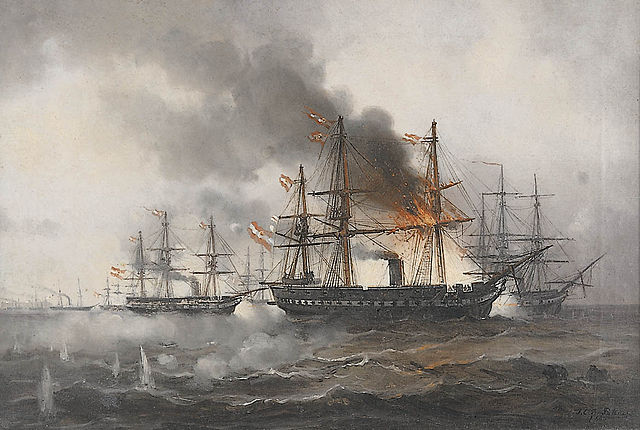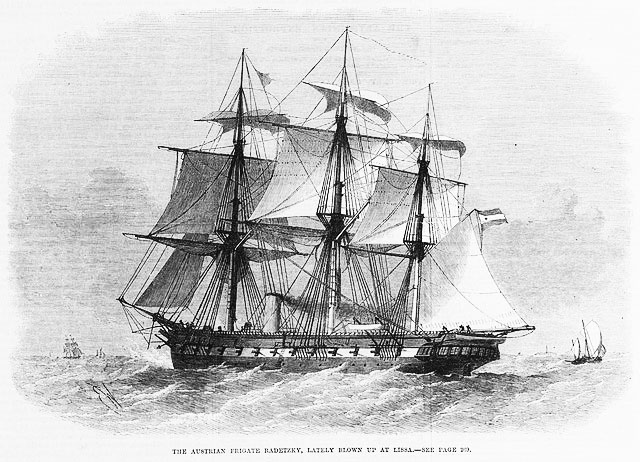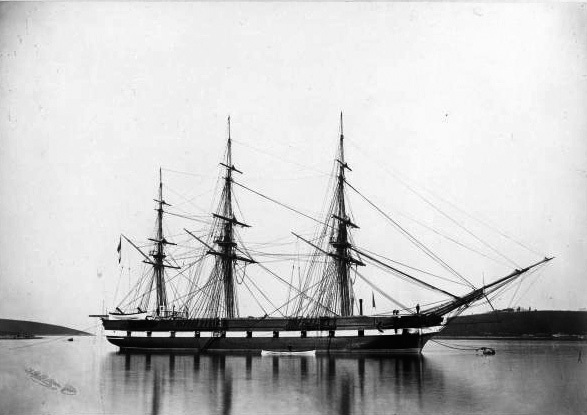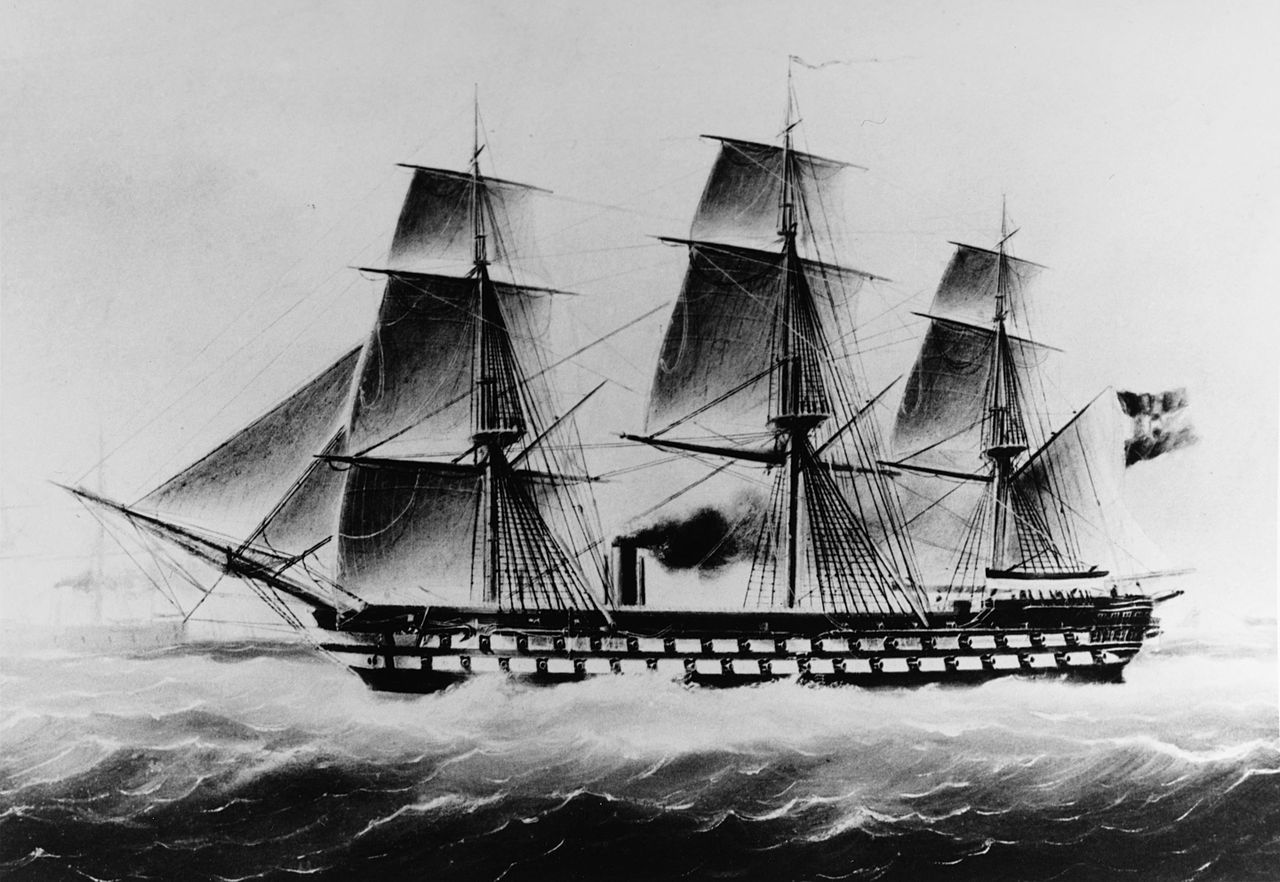Category: austrian navy
Radetzky class Frigates (1854)
Austrian Navy 1854-88: SMS Radetzky, Adria, Donau Design In 1852, the Austro-Hungarian Navy’s high command proposed the construction of a…

Author: naval encyclopedia Published Date: September 8, 2022
Novara class steam Frigates (1853)
Novara class Steam Frigates (1857) Austro-Hungarian Navy 1843-1900, SMS Novara, Schwarzenberg The Novara class was one of two largely similar,…
SMS Herzerzog and Novara steam corvettes (1857)
Erzherzog Friedrich class Steam Frigates Austrian Steam Corvettes (1857) Design of the Erzherzog Friedrich Class The construction of these wooden…
SMS Kaiser (1858)
The ship of the line turned ironclad Austrian Navy, 1858-1920 SMS Kaiser, Austria’s “wooden battleship”. First article for the 1860…




 dbodesign
dbodesign